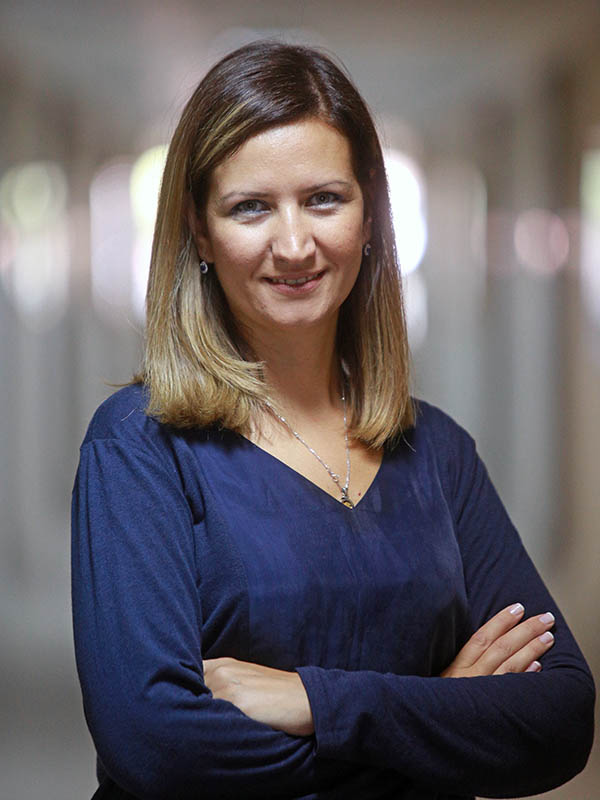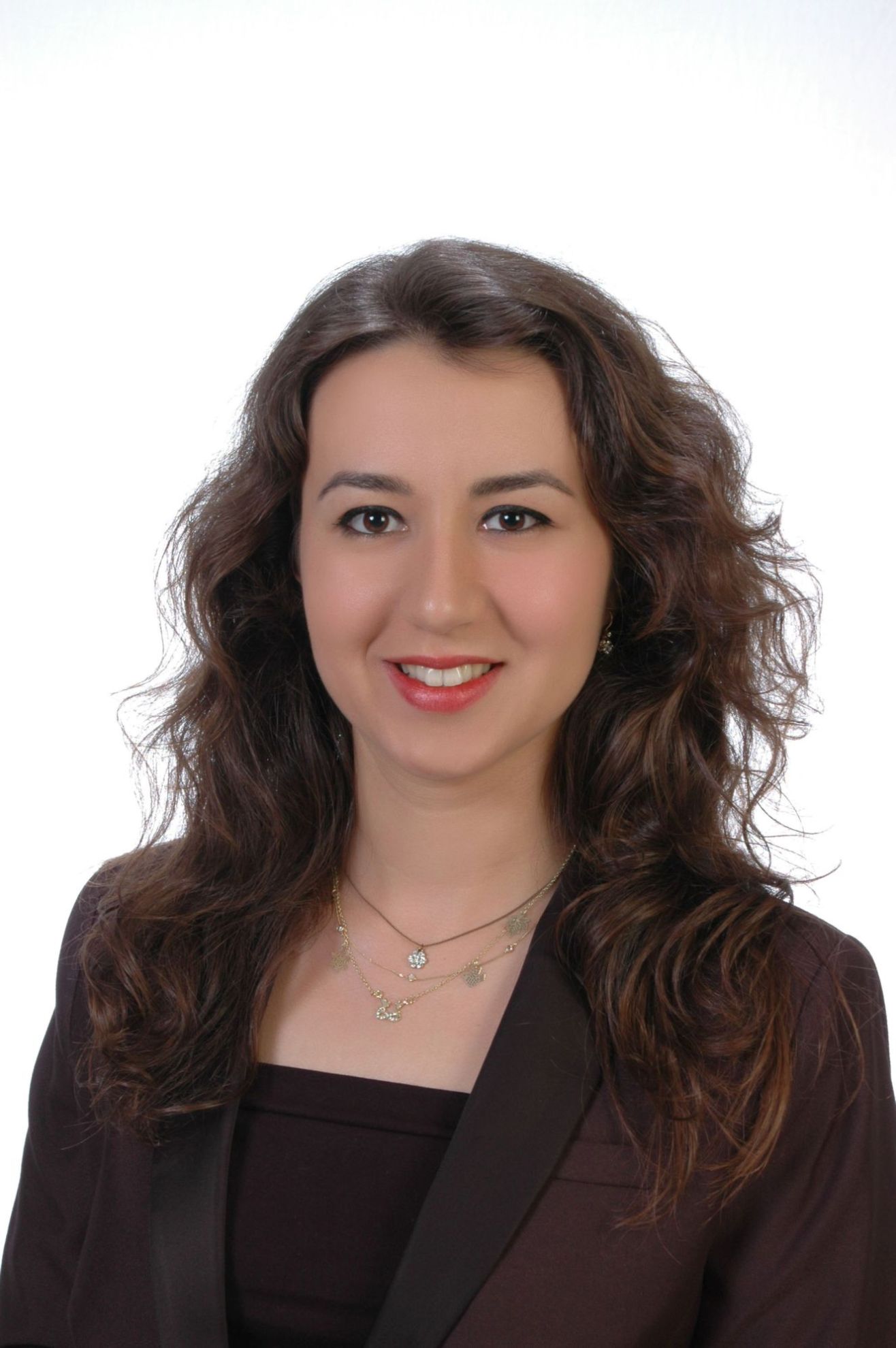

Dynamic Response of Sands Mitigated by IPS (Induced Partial Saturation) under New and Existing Structures
The potential vulnerability of existing structures on liquefiable soils continues to be of major concern not only to individual owners but also to the public that faces destruction of their cities, towns, and neighborhoods. This research focuses on the development and implementation of a new liquefaction mitigation technique: Induced Partial Saturation (IPS) that involves generation of gas bubbles in loose saturated sands thus inducing partial saturation leading to not only strength gain against liquefaction, but also potentially eliminating the occurrence of liquefaction under any size earthquake.
IPS intends to prevent the occurrence of liquefaction by increasing the compressibility of the pore fluid with the generation of some amount of gas in the fully saturated sand pores, thus basically by transforming the sand into partially saturated state. This research includes studies for the investigation of the behavior of partially saturated sands in free field and under the foundations during earthquakes. For this purpose, first dynamic simple shear tests with confining pressure (DSS-C) were performed on small samples to understand the effect of vertical effective stresses and pore water pressures on excess pore water pressure generations in partially saturated sands, that has been performed for the first time in the literature. Based on the DSS-C tests and shaking table tests in the literature, numerical model was developped in the software program FLAC3D. The DSS-C tests demonstrated that the excess pore water pressure ratio (ru=Δu/s'v0) reduces as the depth of the sample increases for the same degree of saturation. Also, the effect of degree of saturation in lowering the ru becomes more significant for the samples at deeper levels. The numerical analyses results confirmed the same results for free field models. In addition, the ru generations in fully saturated sand and partially saturated sands under the foundations were found to increase as the depth increases and more ru reduction was observed in partially saturated sands.
Advisor :

Assist. Prof. Dr. E. Ece BAYAT
Students:
Current Students:

Seyed Mohsen Seyedi Viand
Previous Students:


Derya Burcu Gulen Ataollah Nateghi Navid Jadidoleslam